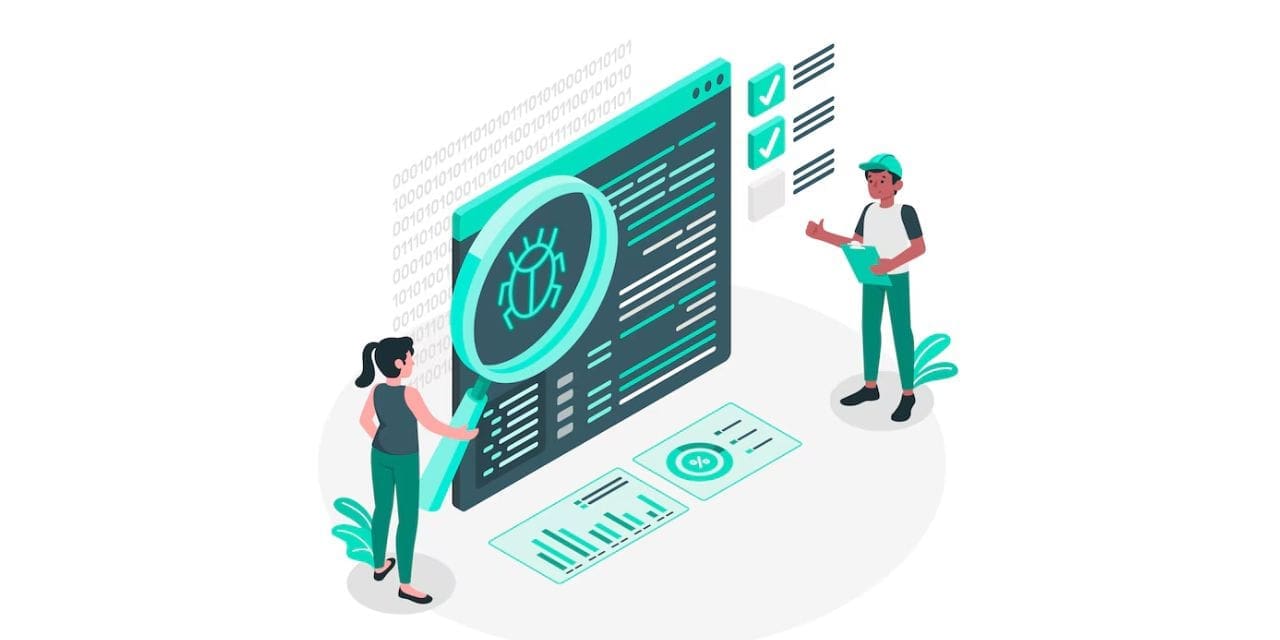In the realm of software development and quality assurance, Click-Per-Second (CPS) testing holds a significant position. This type of testing, predominantly used in gaming and application development, measures the number of clicks a user can execute within a second. Mastering CPS testing ensures the robustness of applications, particularly those requiring high responsiveness and user interaction. This article explores essential tips and techniques to master CPS testing effectively.
Understanding CPS Testing
CPS testing evaluates how quickly and accurately a user can click within a given time frame. It is crucial in applications where user interaction speed is a determining factor, such as gaming, user interface testing, and other interactive software. High CPS rates indicate better performance and responsiveness, which are critical for user satisfaction and engagement.
The Importance of CPS Testing
In today’s fast-paced digital environment, the performance of applications can significantly impact user experience. CPS testing helps in:
- Performance Optimization: Ensuring that applications can handle rapid user inputs without lag.
- User Experience Enhancement: Providing a seamless and responsive interface, especially in gaming and interactive applications.
- Bug Detection: Identifying issues that arise under high-frequency interactions, which might not be evident under normal usage conditions.
Essential Tips for Effective CPS Testing
1. Use Appropriate Tools
Utilising the right tools is fundamental for accurate CPS testing. Tools such as CPS Test, Click Speed Test, and other online click test platforms can provide reliable data. Additionally, integrating automated testing tools like Selenium can help simulate high-frequency clicks and measure application performance under stress.
2. Simulate Real-World Scenarios
For CPS testing to be effective, it must mimic real-world scenarios. Testing should include various user interactions, such as single-clicks, double-clicks, and multi-clicks. Additionally, consider the different devices users might employ, such as mice, touchpads, and touchscreens, to ensure comprehensive testing.
3. Set Realistic Benchmarks
Establishing realistic benchmarks for CPS rates is crucial. Analyze industry standards and user expectations to set achievable and meaningful targets. Benchmarks should reflect the application’s intended use case and the expected performance under peak usage conditions.
4. Analyze Click Patterns
Understanding user click patterns can provide insights into application performance. Use analytics to study how users interact with your application, including the frequency and distribution of clicks. This data can help identify areas that need optimization and ensure the application performs well under various usage conditions.
5. Continuous Testing and Improvement
CPS testing should be an ongoing process. Regularly update your testing protocols to accommodate new features and changes in user behavior. Continuous testing allows for timely detection of performance issues and ensures that the application remains responsive and user-friendly over time.
Advanced Techniques for CPS Testing
1. Stress Testing
Stress testing pushes the application to its limits by simulating extreme click rates. This technique helps identify how the application behaves under maximum load conditions and highlights potential bottlenecks or performance degradation.
2. Load Testing
While similar to stress testing, load testing focuses on how the application handles expected user traffic. By simulating typical usage patterns and peak traffic times, load testing ensures the application can maintain performance standards during high-demand periods.
3. A/B Testing
A/B testing involves comparing two versions of an application to determine which performs better under CPS tester. This method can help optimise user interfaces and improve overall responsiveness by identifying the most effective design and interaction elements.
Conclusion
Mastering CPS testing is essential for developing applications that are responsive, user-friendly, and robust. By understanding the importance of CPS testing, utilizing the right tools, simulating real-world scenarios, and continuously improving your testing processes, you can ensure that your application meets the high standards expected by users today. Advanced techniques like stress testing, load testing, and A/B testing further enhance the effectiveness of CPS testing, providing a comprehensive approach to performance optimization.

